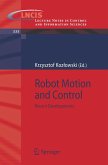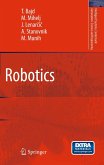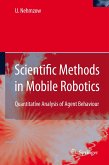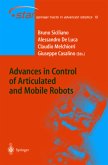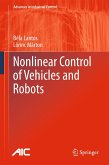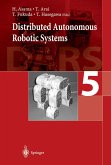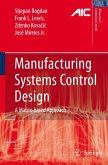Walking machines have advantages over traditional vehicles, and have already accomplished tasks that wheeled or tracked robots cannot handle. Nevertheless, their use in industry and services is currently limited in scope. This book brings together methods and techniques that have been developed to deal with obstacles to wider acceptance of legged robots. Part I provides an historical overview. Part II concentrates on control techniques, as applied to Four-legged robots.
From the reviews: "This book is devoted to the imitation of walking by the development of machines with legs, also widely known as legged robots; in other words, mechanical systems that move themselves by using devices that resemble legs. ... The book is of high level and it can be of great importance for researchers to expand on legged robot techniques." (George S. Stavrakakis, Zentralblatt MATH, Vol. 1112 (8), 2007) "This book is the first one focusing on four-legged robots. It is a self-contained reading on the subject, covering all the major problem areas in the domain...There are at least two reasons why one should read this book: its comprehensive domain covereage and its elaboration on promising new approaches and tools used to solve traditional problems. It is a pleasure to read! Summing Up: Highly recommended"(G. Trajkovski, Choice, December 2006)


